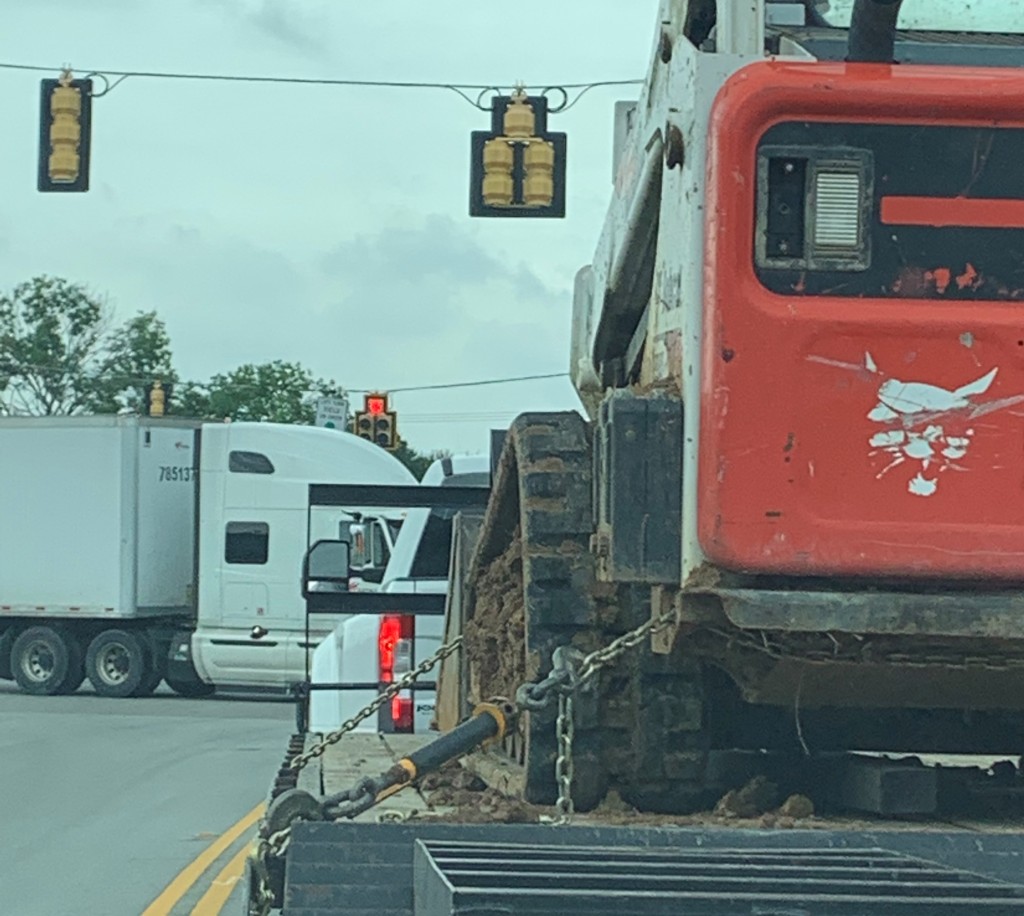Source: The South Carolina Grower

From Clemson Plant Pathologist Tony Keinath
Most growers probably have heard that it’s possible to infest a “clean” (pathogen-free) field by moving soil on equipment. The question is how much infested soil is too much. The answer depends on the pathogen and where the soil is deposited.
Some pathogens are present in the soil at very high numbers. One of the worst is the clubroot organism that infects all brassica vegetables. According to a new report from North Dakota, presented at the 2021 Plant Health meeting last week, there are enough spores in 1/8 teaspoon of moist soil to infect one plant. So, if all the soil stuck on a small dozer, like the one shown (above), landed in one spot at the edge of the field, a patch of clubroot surely would develop there.
In addition to the clubroot organism, root-knot nematodes and the water mold that causes Phytophthora blight are pathogens at high risk of being spread in infested soil. They’re not as concentrated in the soil as the clubroot organism, but moving as much soil as is on the dozer (above) is enough to create a patch of diseased plants. It takes only about 1/3 cup of soil with young nematodes in it to cause a gall on a susceptible crop.
On the other end of the spectrum, since 2005 I have had a field at Coastal REC infested with Fusarium oxysporum f. sp. niveum, the fungus that causes Fusarium wilt on watermelon. As far as I know, the pathogen has not spread or has not spread enough to other fields to cause Fusarium wilt, even though the equipment is not cleaned after it is used in the infested field. Even though Fusarium is present in the soil, it’s not at high enough levels to be spread easily.
It’s true that environmental conditions must favor the pathogen for disease to develop from the pathogen inoculum moved in soil on equipment. However, all four pathogens mentioned in this blog are long-term soil residents. They will simply wait in the new field until environmental conditions are right for them to infect a susceptible crop.
The bottom line is equipment, especially dozers that carry a lot of soil with them as they are moved from field to field, must be cleaned by power washing every time they are used in a different field. Power washing should be a standard practice, not just done when the equipment is used in a “known” infested field, because sometimes you don’t know if a field is infested until it’s too late to take precautions.









